State of The Ateam
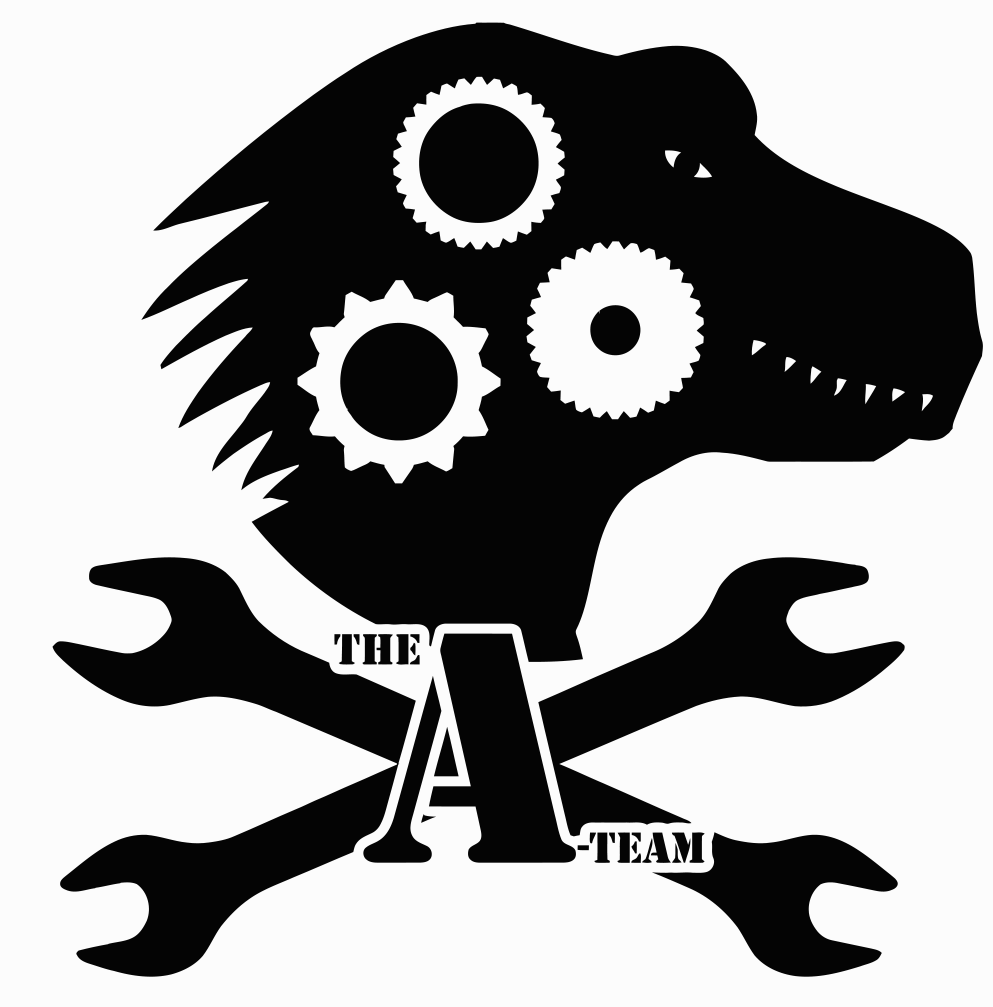
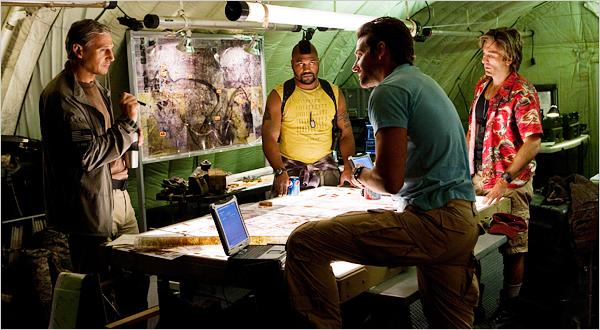
And Now...

In the beginning...
- We created the projects Mozilla needed
- We could go as deep on these projects as necessary
- No one asked us for anything because we'd never existed
- We drove the priorities, the staffing, the embedding etc.
- In other words, it was simpler, because things were simpler.
What happened?
- We were wildly successful.
- No, really.
- Mobile Automation Deployed (Maemo)
- Mobile Automation Nearly Deployed (Windows Mobile)
- Mobile Automation Deployed again (Android)
- nsIDOMWindowUtils Tests
- Gfxbot - crowd sourcing hardware acceleration testing
- Mozmill/Mozbase created
- JSReftests created and deployed
- Special Powers created to adapt to multi-process world
- And far more...
And then...

What can we learn?
- Drive the Future
- Clear Metrics are a Compass
- Right People Involved
- Aggressively pursue Dependencies
- Refuse to wait for Validation
- Go Deep, Teach the World to Fish
- Create Connective Tissue
- Complete the Circle as a way to Stay on Course
Drive the future
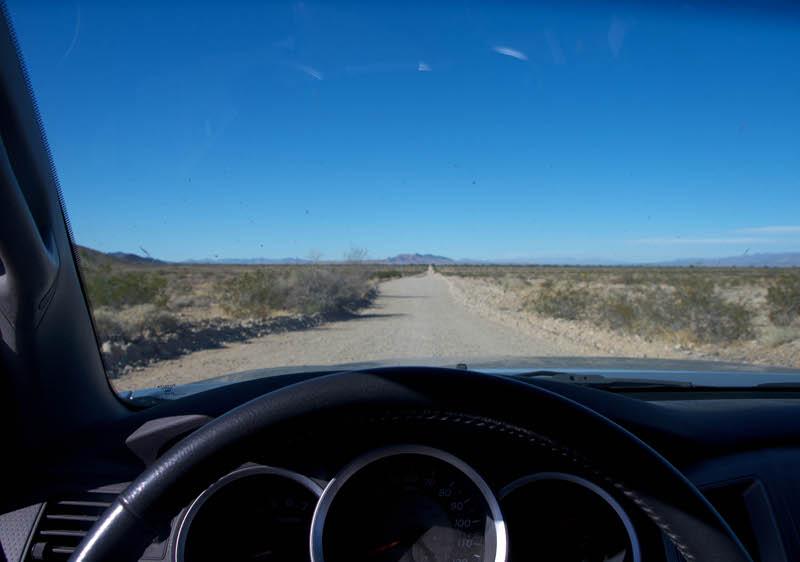
We have a strong history hereThe best way to predict the future is to invent it. -- Theodore Hook
- B2G Automation and Marionette
- Mobile automation
- Bughunter
- JSReftests
- Mozbase
- Treeherder
- But, we've also relinquished this role as things have gotten hectic, especially due to the fact we don't delve as deep anymore
Clear metrics are a compass

Clear metrics define vision
- Mobile Automation Stability - shows how a simple metric coordinated effort among all the stakeholders and drove a project in the direction we needed it to go
- Signal From Noise - lack of a clear metric prevented us from keeping the stakeholders on track and prevented us from creating a tight deliverable in the schedule we'd wanted.
- What are the metrics you should track for your projects?
Right People Involved
- Not only at the beginning
- In the middle
- And the end
- And most importantly, at the hand-off
But, they Are spectators

You're in Charge
Aggressively follow dependencies
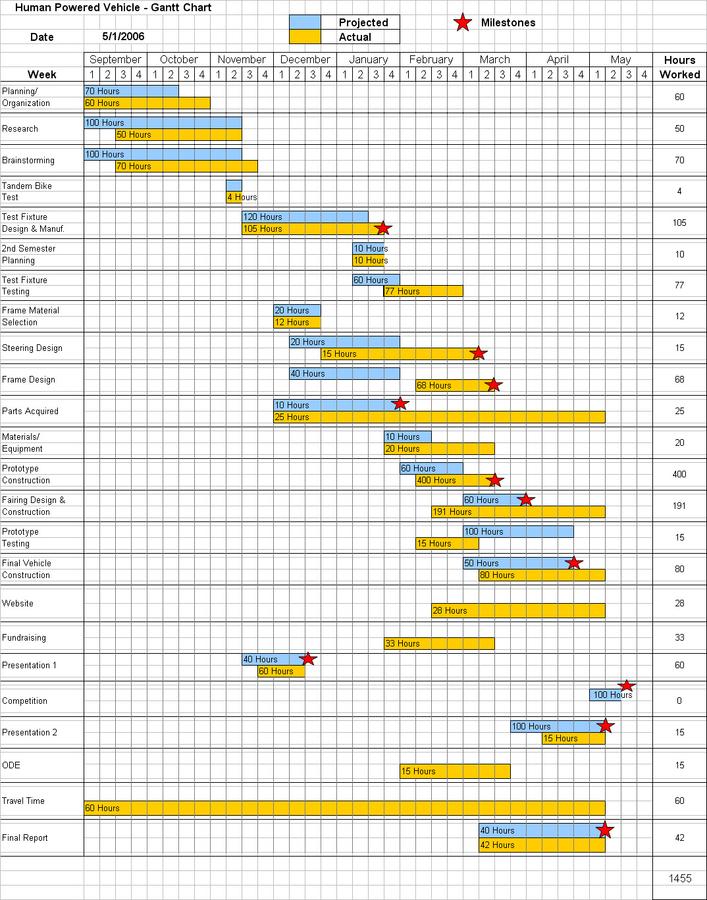
Buttons and zippers
- Build connections across the teams we work with
- We cannot rely merely on prioritization from managers, it's got to be all the way through the layers of a project (hence, buttons and zippers)

refuse to wait for validation

In our business, it is always better to ask for forgiveness rather than permission
- Define the goals with the stakeholders and then execute
- Often, the stakeholders have a very vague idea of what they want (if they have an idea at all).
- We are in the process of driving.
- We are the people maintaining this code
- We are the people deciding how it integrates with other projects
- B2G automation started well in this vein, and then lost its way due to letting others set our priorities for us
Create Connective tissue

Pay down technical Debt
- Seek out natural integration points with other tools during design and implementation
- Find high impact places to fill in debt when working on a component
- But, don't drown yourself in minutiae.
- One example of this done poorly is how every harness has a different log format, even ones we created from scratch.
- One example of this done well is Eideticker
Go deep, teach the world to fish

service vs development
- It's always going to be a balance
- Everything we make should be extensible, a building block - we are really good at this nowadays.
- And, while extensible is incredible, extensible and easy to extend is better.
- Good example: Marionette, Bugzilla's REST API
Complete the circle to stay on Course
Those who do not learn from history are doomed to repeat it
- Our projects are long-running
- Our systems are complex
- We should continually look at the problem we're solving from the user's perspective
- We need to encourage, plan, and perform post-mortems on our projects in order to continually course correct
- Invite the stakeholders to the post-mortems.
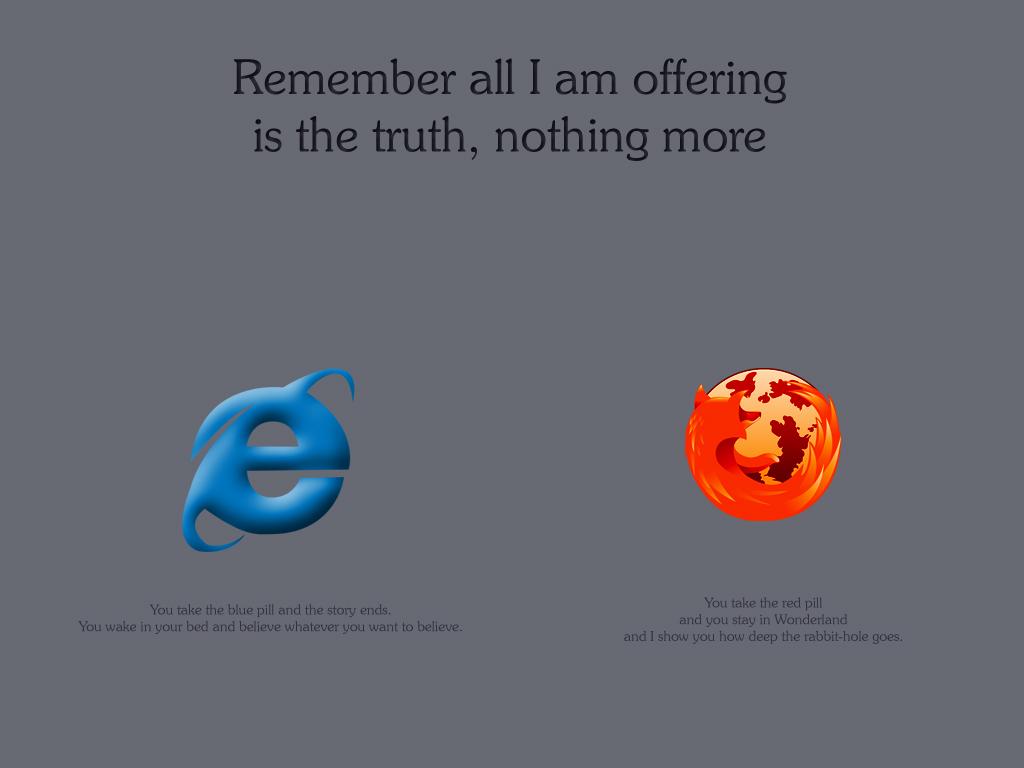
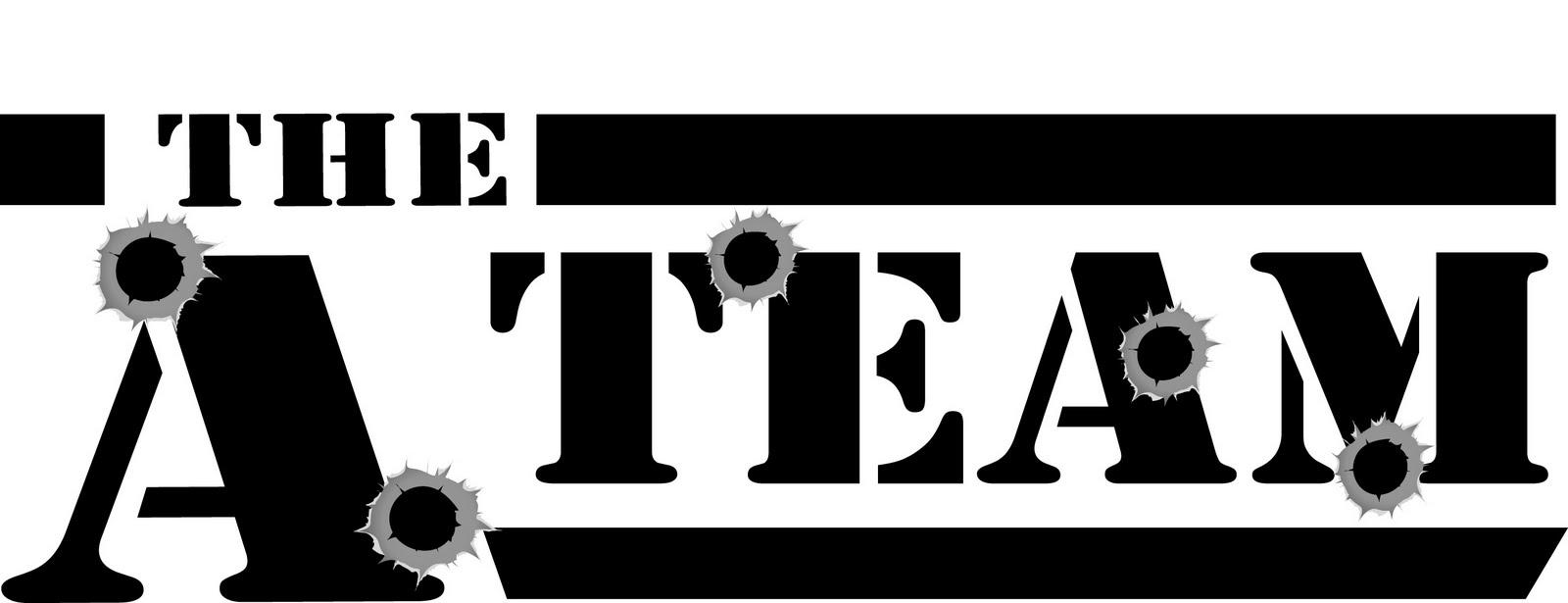
We are the most valued services team at Mozilla
And, we can always improve.

- Drive toward the future you want
- By using clear metrics
- In order to bring the right people together
- Keep the right people together by following your dependencies
- But, you're in the ring -- refuse to wait forever for validation
- Build the connective tissue among our endeavors, so each effort builds higher upon the last
- Plan your time to teach others to serve themselves using what we've built
- Circle back with ourselves, those involved, and the stakeholders to identify what worked and what didn't
- Improve
- And keep brightening the future of Mozilla

State of A-Team
By ctalbert
State of A-Team
- 1,327


